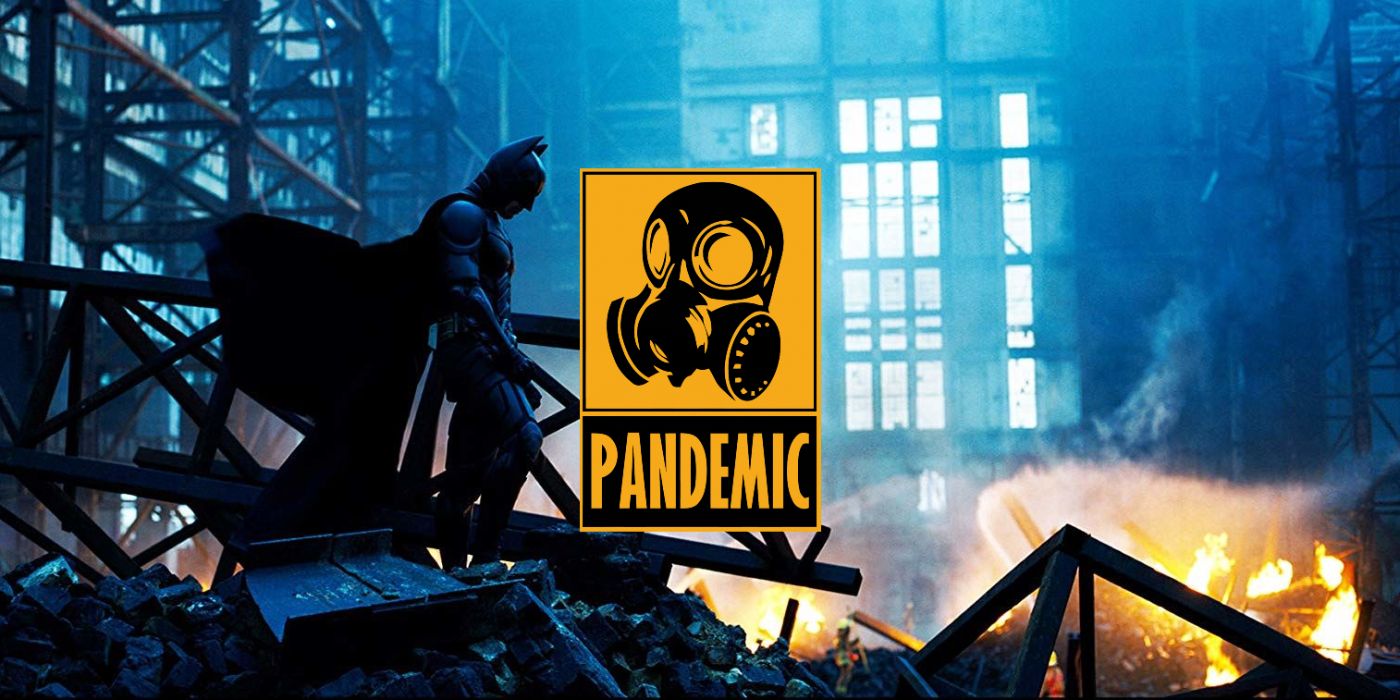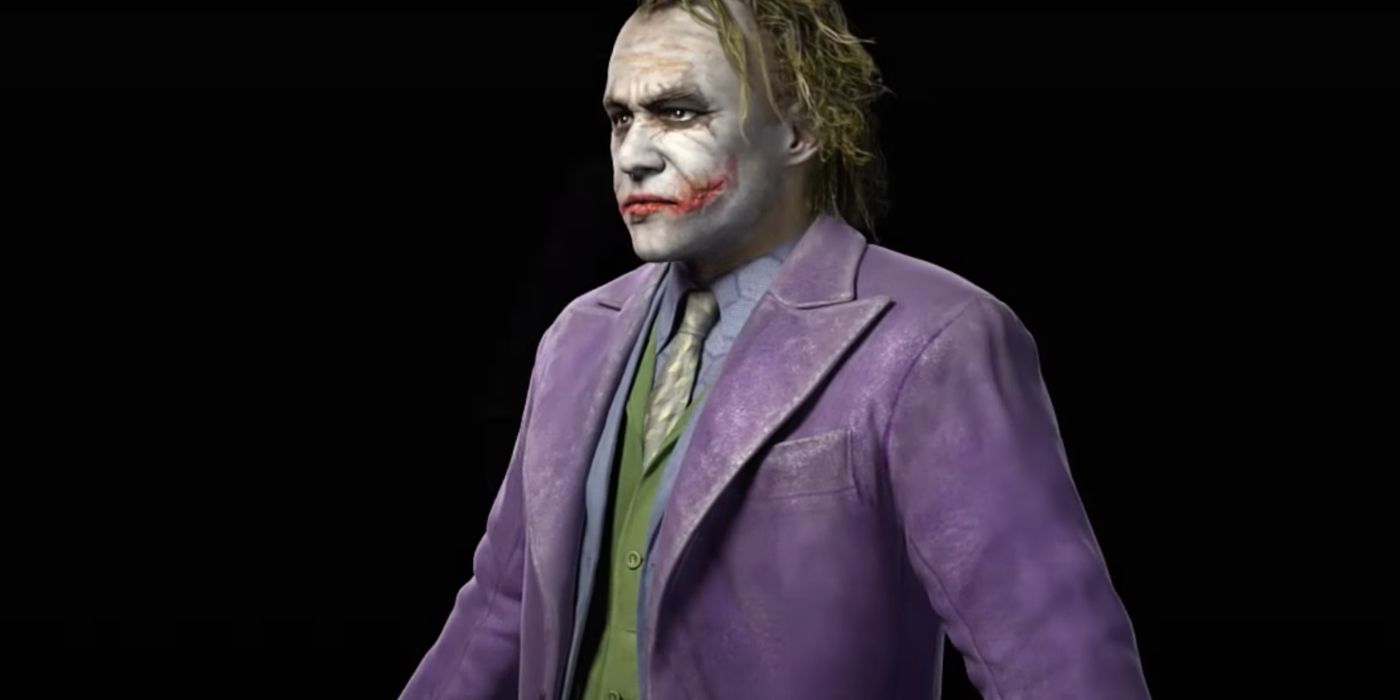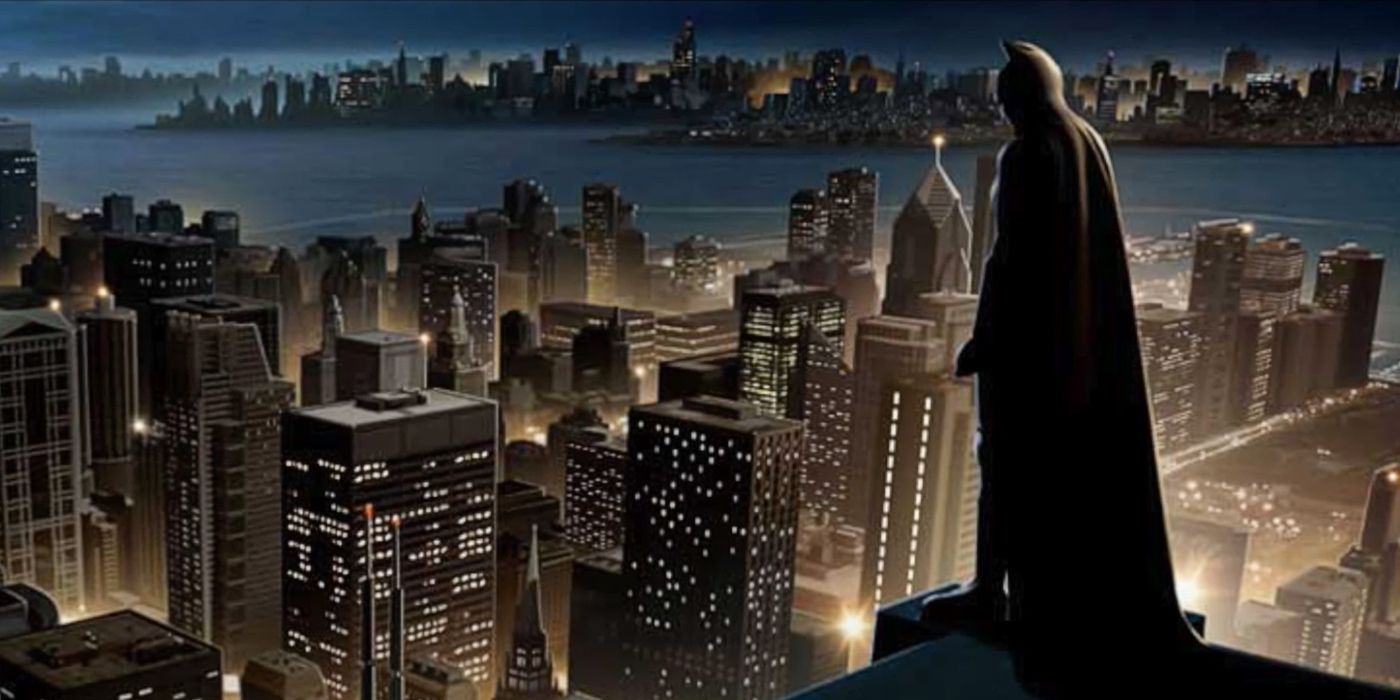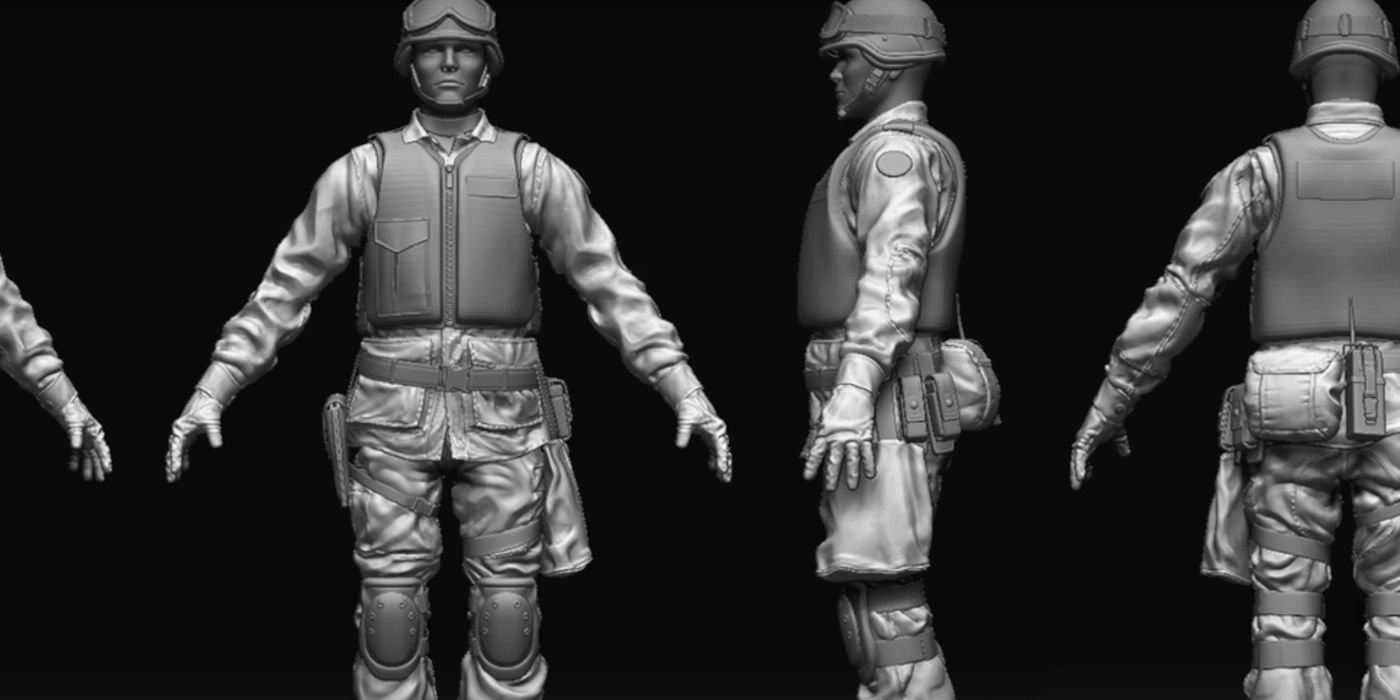Although it never managed to be finished and released, a video game adaption of The Dark Knight was in production concurrently with the film. Christopher Nolan's 2008 sequel to Batman Begins single-handedly influenced the Academy of Motion Picture Arts and Sciences to expand the Oscars' Best Picture category to 10 nominees. While the developers of The Dark Knight game had no way of knowing the film's impact beforehand, the project in the works at Pandemic Studios was supplementarily ambitious. However, the game never saw the light of day, and Batman: The Dark Knight, as it was eventually titled, contributed greatly to the dissolution of Pandemic.
In the early 2000s, Pandemic Studios was a powerhouse in the gaming industry. The developer was responsible for the releasing the original Star Wars: Battlefront games (but not the Battlefront spin-off featuring a weird clone Jedi story), Destroy All Humans! and its sequel, and the Mercenaries series. In November 2005, months after the first Destroy All Humans! released, Pandemic entered a partnership with BioWare under a private equity fund called Elevation Partners. Nearly two years later, both Pandemic and BioWare would be sold to Electronic Arts, with the looming failure of Batman: The Dark Knight supposedly a major reason for Elevation Partners jumping ship.
The story of the game's failure and the ramifications it had for both Pandemic and EA are explored thoroughly by Unseen64, which posted a video on the subject to the DidYouKnowGaming? YouTube channel. The endeavor was expensive, and suffered from a myriad of issues, including changes of direction, miscommunication, and unattainable deadlines. Other games starring the Caped Crusader have been canned since, such as a Batman: Gotham by Gaslight adaption and a follow-up to Arkham Knight, but the licensed Dark Knight game was exceptionally costly, reaching advanced stages of development before it was shuttered.
The Canceled Dark Knight Game Was Originally Going To Be Linear
Initially, Batman: The Dark Knight (which did not have that name for the first year in development) was going to follow in the footsteps of its predecessor. In 2005, EA published the Batman Begins game, which was developed by Eurocom. It received middling review scores, but failed to be a commercial hit. Eurocom would continue to develop licensed games for franchises like Pirates of the Caribbean and James Bond, but the responsibility of adapting Nolan's next film was transferred to Pandemic. The main attraction of the Batman Begins game was voice work done by all the big names from the film's cast - Christian Bale, Michael Caine, Liam Neeson, Katie Holmes, Cillian Murphy, and Morgan Freeman.
Similarly to how the Arkham games influenced Batman comics canon, The Dark Knight game was closely tied to the film's production. Even before principal photography for Nolan's sequel began, Pandemic was working on environments and physics animations for a game that would be linear like its Batman Begins predecessor. In these very early stages of production, Pandemic had received very few resources from Warner Bros. on what the movie was going to look like, slowing what work could be done. Even still, the rudimentary prototypes were enough to impress U2's Bono, a member of Elevation Partners that visited Pandemic to see what progress was being made.
Batman: The Dark Knight Transitioned To An Open World
At some point during the game's development, management at Pandemic decided to ambitiously pivot to an open world version of Gotham. A couple years later, Arkham Asylum's linearity helped make it DC's Die Hard, but Pandemic felt an open world approach matched Christopher Nolan's vision for the story. Throughout 2007, development ramped up and it was decided that Batman: The Dark Knight would use the game engine from Pandemic's other in-progress title, The Saboteur. This engine ultimately caused more problems with development, dropping to extremely low frame rates when Batman's animations were imported, and frequently crashing when NPCs were added to the mix.
The engine being incompatible with NPC assets was a major setback, since Pandemic had created a dynamic NPC creation system for the game, but it wasn't the only issue. Batman: The Dark Knight was attempting to utilize an advanced high dynamic range (HDR) system for its lighting. HDR has come a long way since the late 2000s, including the Xbox Series X Auto HDR technology that applies it to retro games, but the system being applied to Pandemic's game did not work well, requiring manual reprogramming every time changes were made to the in-game environments.
Although the chosen engine proved to be unhelpful in development, certain aspects of the game were quite far along before cancelation. Even if the environments were uncooperative, mechanics for traversal methods like the Tumbler and Batpod were nearly completed. Similarly, the game's main missions were starting to come together, and would have closely followed the story of the film. Unseen64 mentions that Batman: The Dark Knight even included a recreation of the Joker's bank heist from the movie's opening sequence.
The Dark Knight Game's Cancelation Cost EA Millions
In October 2007, eight months before The Dark Knight would hit theaters, Electronic Arts acquired Pandemic Studios (and BioWare, which is still busy in 2022, avoiding its former partner studio's fate) and, seeing the state of the tie-in game, eventually pushed its release to December 2008, where it would coincide with the film becoming available on DVD and Blu-ray. The additional five months of development were not enough for Pandemic to complete Batman: The Dark Knight. The failed project was estimated to have cost EA $100 million, and would prompt the publisher to close Pandemic's office in Brisbane, where Batman: The Dark Knight was being developed.
The Los Angeles branch of Pandemic would follow within the year, being closed less than a month before The Saboteur released. By that time, Eidos Interactive had already secured the rights to develop a Batman game, and Arkham Asylum from Rocksteady Studios was on the way. Batman: Arkham changed the franchise's characters forever and has been massively influential for other action games, but even Rocksteady took an entire trilogy of transformation to reach the open world with drivable vehicles that Pandemic had in mind for its game. Insurmountable deadlines, an uncooperative engine, mismanagement, and a far too ambitious vision killed Pandemic Studios' The Dark Knight game, which may have been cutting edge if it ever finished development.
Sources: DidYouKnowGaming?/YouTube, Unseen64




